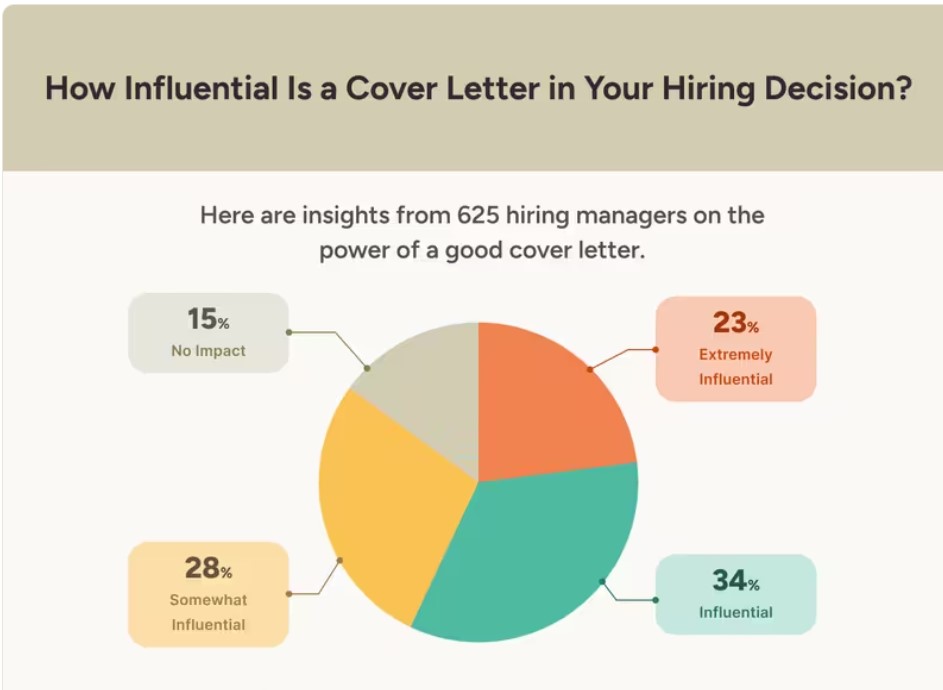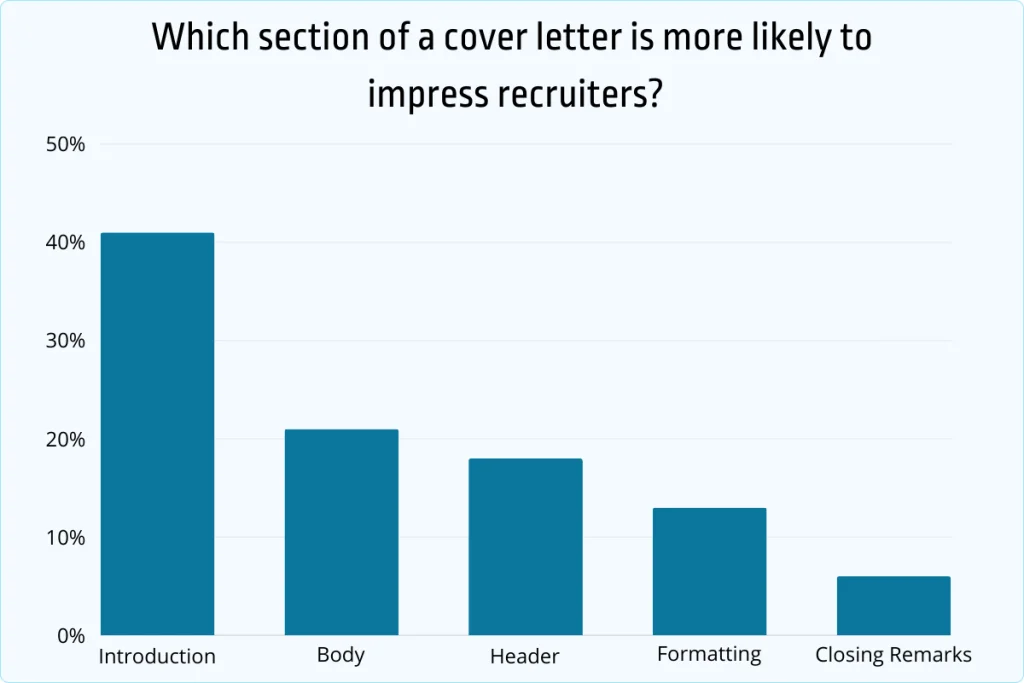Have you ever found yourself confused about whether to submit a supporting statement or a cover letter for a job application? What is the difference between a supporting statement and a cover letter, and when should you use one over the other? These questions often arise in the minds of job seekers as they navigate the complexities of applying for positions.
Want to make a strong impression on potential employers?
Understanding the difference between a cover letter and a supporting statement could be the key to success. While both highlight your qualifications and suitability for a role, they serve very different purposes.
But here’s the thing…
Using the wrong one—or failing to structure it correctly—could cost you the opportunity. Whether you’re applying for a public sector role or a corporate position, knowing when and how to use each can give you a real advantage in your job search.
So, what’s next?
In this guide, we’ll break down the key differences between these essential documents, covering their purposes, structures, and when to use them. By the end, you’ll know exactly how to craft each one effectively—ensuring your application stands out from the competition!
See Also: How Long Should a Cover Letter Be?
See Also: How Long Should a Supporting Statement Be?

Definition of a Supporting Statement
A supporting statement is a detailed written account accompanying a job application, often requested by employers in the public sector or academia. Unlike a resume or CV, which lists qualifications and work experience, a supporting statement provides an opportunity to elaborate on how your skills, experiences, and personal attributes align with the job’s requirements. It is a narrative that demonstrates your suitability for the position by directly addressing the criteria outlined in the job description.
Purpose and Role in a Job Application
The primary purpose of a supporting statement is to provide a comprehensive and focused explanation of why you are the ideal candidate for the role. It serves as a platform for connecting your qualifications and experiences to the job’s specific requirements. Other purposes include:
- Introduction to the Applicant: The cover letter introduces the candidate to the employer, specifying the position applied for and providing context for the application.
- Contextualising the CV: It offers an opportunity to explain how the candidate’s experiences and qualifications relate to the job, complementing the resume.
- Highlighting Key Qualifications: The cover letter lets the applicant emphasise the most relevant skills and achievements, directly linking them to the job requirements.
- Expressing Enthusiasm and Fit: It communicates the candidate’s enthusiasm for the role and the company, showcasing a genuine interest and cultural fit.
- Demonstrating Communication Skills: By crafting a well-written letter, candidates demonstrate their communication abilities and attention to detail, which are crucial for many roles.
- Adding a Personal Touch: The cover letter provides a more personal and conversational tone. This allows the candidate to convey personality and establish rapport with the employer.
- Encouraging Further Action: It typically ends with a call to action, such as a request for an interview, encouraging the employer to take the next step in the hiring process.
Typical Content and Focus Areas
A well-crafted supporting statement typically includes the following elements:
- Introduction: A brief introduction that outlines the position you are applying for and a summary of your qualifications.
- Match with Job Requirements: A detailed explanation of how your skills, experiences, and achievements align with the specific criteria listed in the job description. This section should be organised around the key competencies and responsibilities outlined in the job posting.
- Examples and Evidence: Concrete examples from your past work or educational experiences demonstrating your abilities and accomplishments. These examples should be relevant to the job and illustrate your suitability.
- Conclusion: A strong closing statement reiterates your enthusiasm for the position and readiness to contribute to the organisation.
A supporting statement focuses on providing a detailed and tailored response to the job criteria. It requires careful consideration of the job description and a strategic approach to presenting your qualifications in a way that aligns with the employer’s expectations.
See Also: How To Write A Master’s Personal Statement
See Also: How to Craft a Compelling Cover Letter That Shows Your Passion
Definition of a Cover Letter
A cover letter is a more commonly recognised document accompanying a resume or CV when applying for a job. It serves as an introduction to your application, providing a brief overview of your qualifications and expressing your interest in the position. Unlike a supporting statement, a cover letter is typically more concise and less structured, allowing for a more personal and conversational tone.

Purpose and Role in a Job Application
The primary purpose of a cover letter is to introduce yourself to the employer. It bridges your CV and the job you are applying for, offering a narrative that connects your skills and experiences to the employer’s needs. Others include:
- Introduction to the Applicant: A cover letter is the first point of contact between the applicant and the employer. It introduces the candidate, states the position applied for, and briefly mentions how the applicant learned about the job opening.
- Contextualising the CV: While a resume lists qualifications and experiences, a cover letter provides context. It explains how the candidate’s background aligns with the job’s requirements and the company’s values.
- Highlighting Key Qualifications: The cover letter lets candidates draw attention to their most relevant qualifications, experiences, and achievements. This section can be tailored to showcase aspects of the applicant’s background that align with the job.
- Demonstrating Enthusiasm and Fit: A cover letter is an opportunity to express enthusiasm for the role and the company. It allows the candidate to convey their interest in the position and how they see themselves fitting into the company culture, demonstrating a genuine interest in contributing to the organization.
- Showcasing Communication Skills: The cover letter showcases the applicant’s communication ability. A well-written letter demonstrates the candidate’s writing skills, attention to detail, and professionalism, all of which are critical qualities for many roles.
- Encouraging Further Action: The closing of a cover letter typically includes a call to action, such as a request for an interview. It reinforces the candidate’s interest in the position and encourages the employer to take the next step in the hiring process.
Typical Content and Structure
A cover letter typically includes the following sections:
- Header: Your contact information, the date, and the employer’s contact information.
- Greeting: A formal salutation addressed to the hiring manager or the appropriate contact person.
- Introduction: A brief introduction that states the position you are applying for and how you learned about the job opening.
- Body: One to three paragraphs highlighting your most relevant qualifications, experiences, and skills. This section should focus on how your background aligns with the job requirements and include specific examples of your achievements.
- Conclusion: A closing paragraph that reiterates your interest in the position, expresses appreciation for the employer’s consideration, and includes a call to action, such as a request for an interview.
- Signature: A formal closing and your signature.
The structure of a cover letter is more flexible than a supporting statement, allowing for a more personalised and creative approach to presenting your qualifications. The key is to strike a balance between professionalism and personality. This ensures that your letter reflects your unique voice while conveying your suitability for the role.
See Also: How To Write A Cover Letter For A Career Change?
See Also: Writing an Ideal Cover Letter
Key Difference Between a Supporting Statement and a Cover Letter
Here’s a tabular comparison of the key differences between a supporting statement and a cover letter:
| Aspect | Supporting Statement | Cover Letter |
|---|---|---|
| Purpose | Provides a detailed response to specific job criteria. | Offers a general introduction and highlights qualifications. |
| Content Focus | Focuses on specific skills, experiences, and qualifications related to the job requirements. | Provides an overview of your qualifications, expressing interest in the role and the company. |
| Structure | Structured format, often guided by the job criteria and typically longer. | Flexible structure, typically shorter and more concise. |
| Customisation | Highly tailored to the job description, addressing each criterion in detail. | Customization to the job and company but more general in nature. |
| Usage | Customization to the job and company but more general. | Common in private sector roles, typically used unless a supporting statement is requested. |
| Tone | Professional and formal, focused on matching job requirements. | Professional but can be more personal and conversational. |
| Length | Generally longer, ranging from several paragraphs to pages. | Typically shorter, usually one page or less. |
When to Use a Supporting Statement vs a Cover Letter
The decision to use a supporting statement or a cover letter depends mainly on the employer’s requirements and the position you are applying for. You can use supporting statements when applying for public sector roles, academic positions, and other structured recruitment processes that require you to address specific criteria.
Alternatively, cover letters are more common in the private sector and for positions where a more general introduction to your qualifications is sufficient. If a job posting does not specify the need for a supporting statement, a cover letter is typically the appropriate document to include with your application.
See Also: Let Your CV And Cover Letter Speak For You
See Also: Canadian Job Market: Resume and Cover Letter for Success
Apply Buddy: Sure Path to a Successful Career
Searching for a job can be time-consuming and stressful, but Apply Buddy takes the hassle out of the process by managing your applications for you. Designed for professionals across the UK, US, Canada, and Australia, Apply Buddy ensures your cover letters, supporting statements, and job applications are expertly crafted and submitted, giving you the best chance of securing interviews.
With a personalised approach, Apply Buddy tailors engaging cover letters and persuasive supporting statements to match each job’s requirements, ensuring your experience and skills stand out to employers. Every application is carefully optimised to reflect industry expectations and increase your chances of success.
Beyond writing, Apply Buddy also applies for jobs on your behalf, keeping you ahead of deadlines and maximising opportunities without the stress of manual submissions. Whether you’re advancing in your career or transitioning to a new role, Apply Buddy streamlines the job search process so you can focus on interview preparation and professional growth.
Let Apply Buddy take care of your applications while you concentrate on landing your ideal job.
See Also: Say Goodbye to Job Search Stress: ApplyBuddy Launches Their Job Application Service
See Also: How To Measure The Success Of A Job Application Service
Conclusion
Understanding the difference between a supporting statement and a cover letter is crucial for crafting an effective job application. While both documents serve the purpose of presenting your qualifications, they do so in distinct ways. A supporting statement provides a detailed and structured response to specific job criteria, while a cover letter offers a general introduction and overview of your qualifications. By knowing when and how to use each, you can ensure that your application stands out and effectively communicates your suitability for the role.
FAQs for What is the Difference Between a Supporting Statement and a Cover Letter?
Can I use the same information in both a supporting statement and a cover letter?
While there may be some overlap in the information you provide, it’s essential to tailor each document to its specific purpose. A supporting statement should address the job criteria, while a cover letter should provide a broader introduction and highlight your overall suitability.
Which document is more important in the application process?
Both documents are important, but their significance depends on the employer’s requirements. When a role explicitly requests a supporting statement, evaluators often view it as a critical part of the evaluation process. In other cases, a well-written cover letter can make a strong impression and complement your resume.
How detailed should a supporting statement be compared to a cover letter?
A supporting statement should be more detailed and comprehensive, addressing each job criterion with specific examples and evidence. On the other hand, A cover letter should be concise and focus on providing a general overview of your qualifications.
Is it necessary to write both a supporting statement and a cover letter for the same job?
It depends on the employer’s instructions. If the job posting requests a supporting statement, you should provide one in addition to a cover letter if allowed. In cases where only one document is asked for, choose the one that best aligns with the employer’s expectations and the nature of the role.
